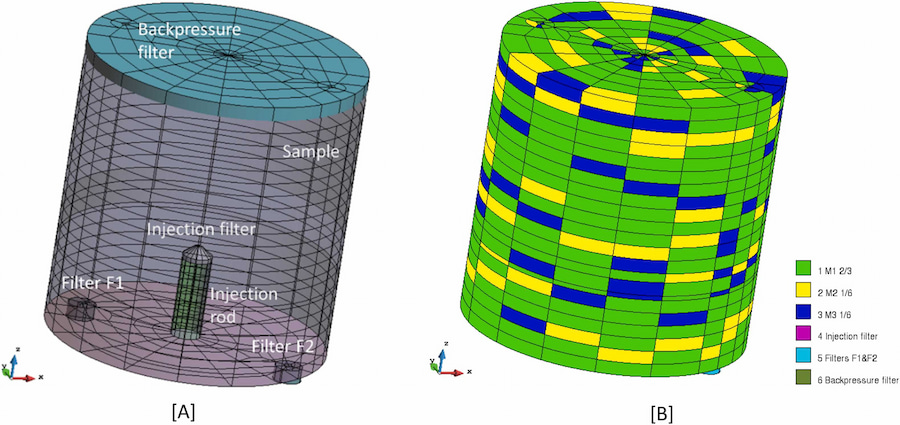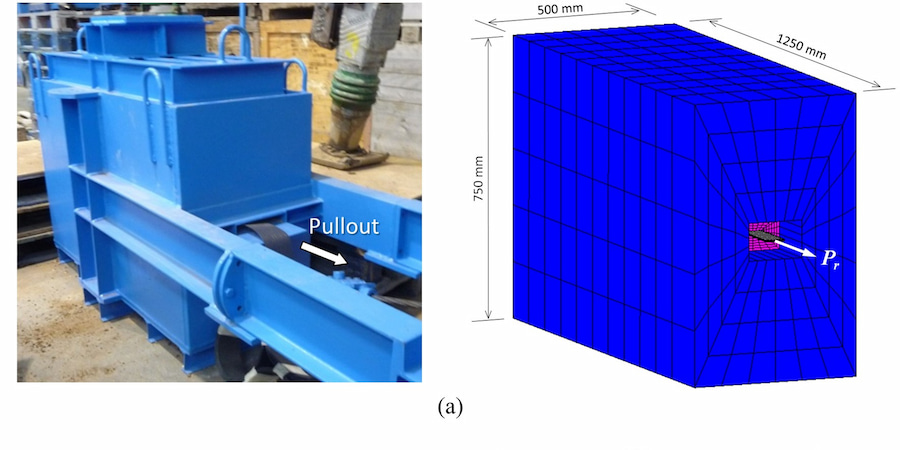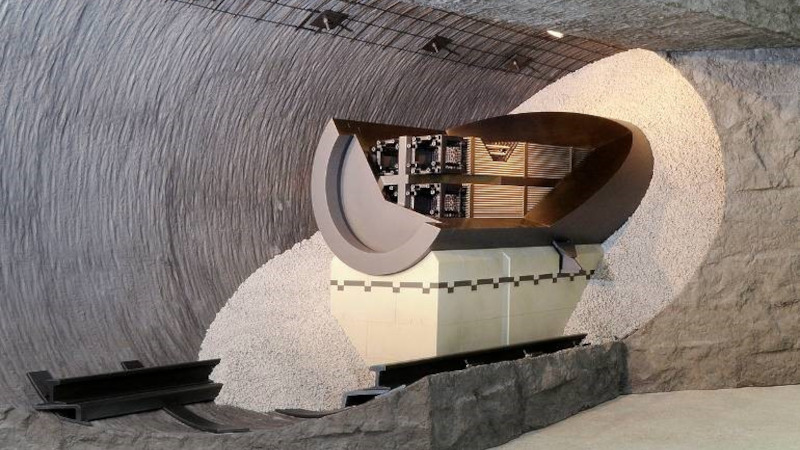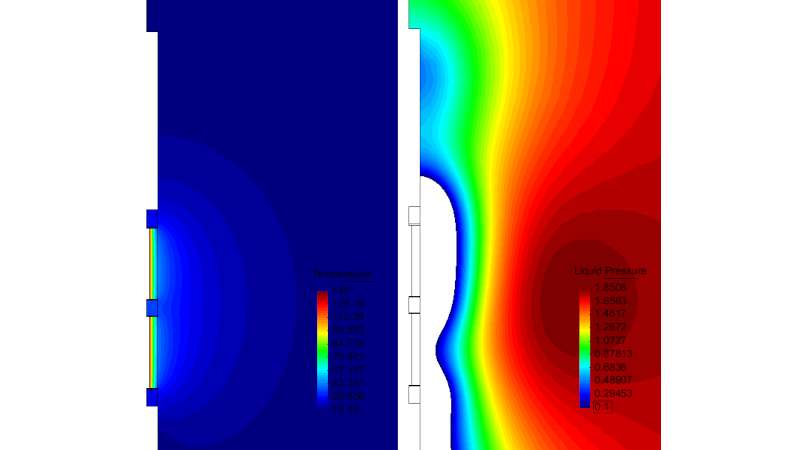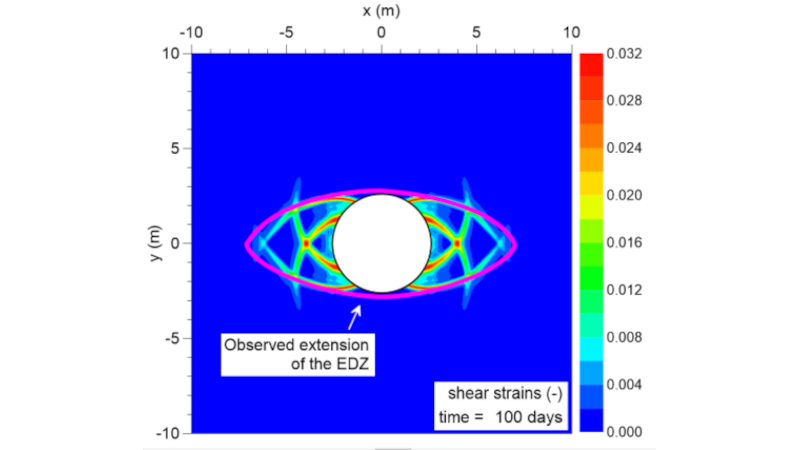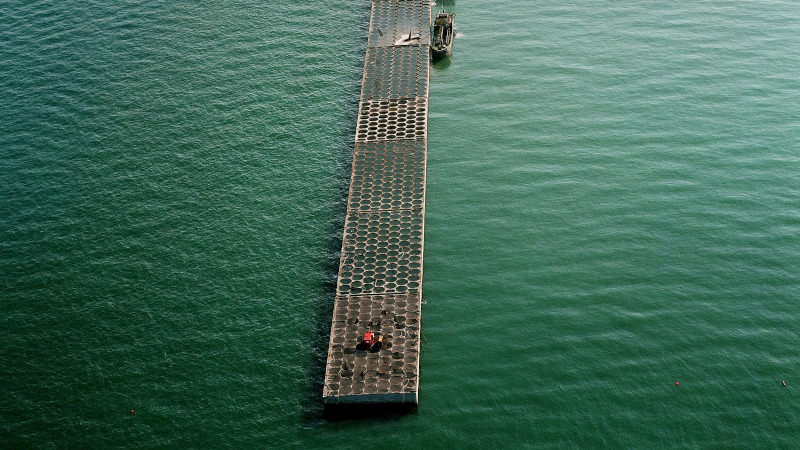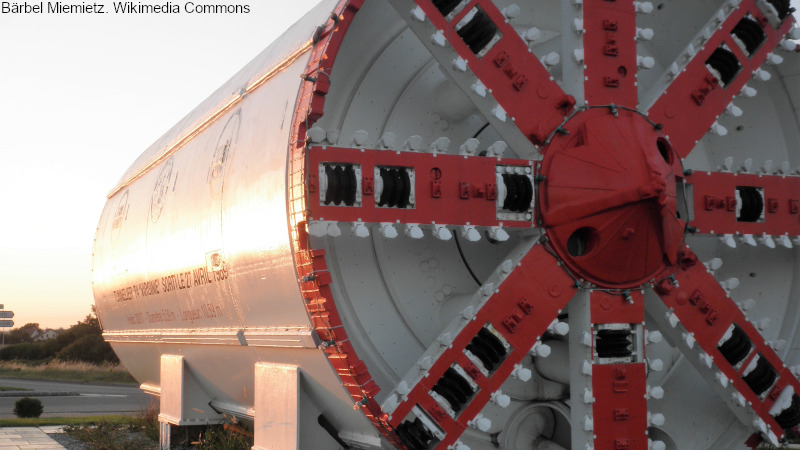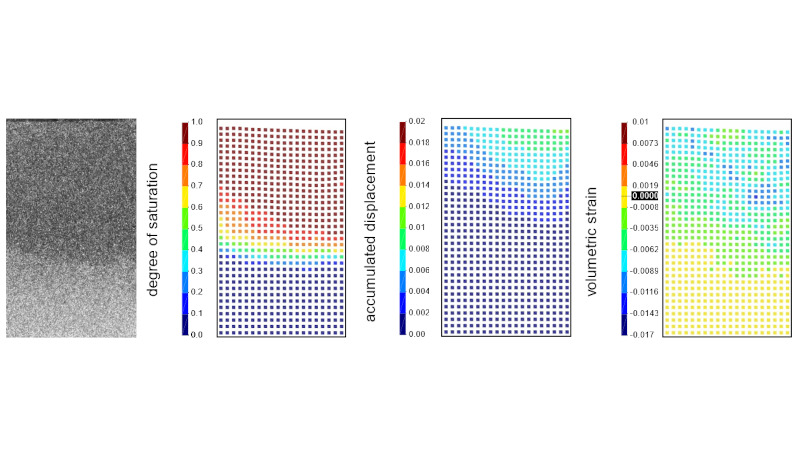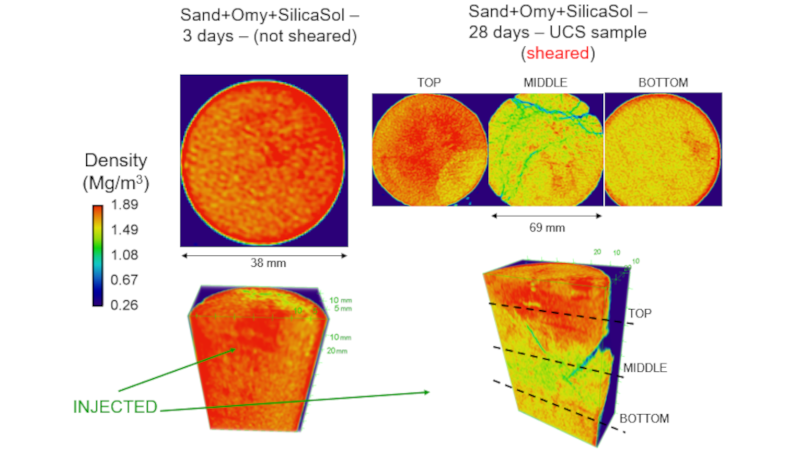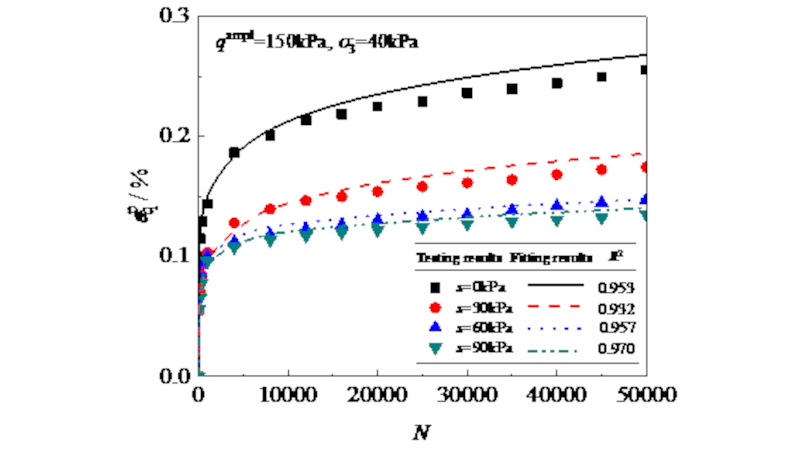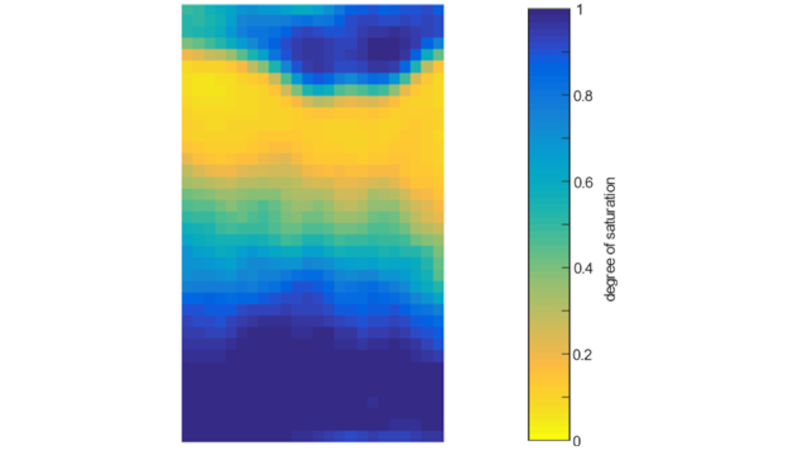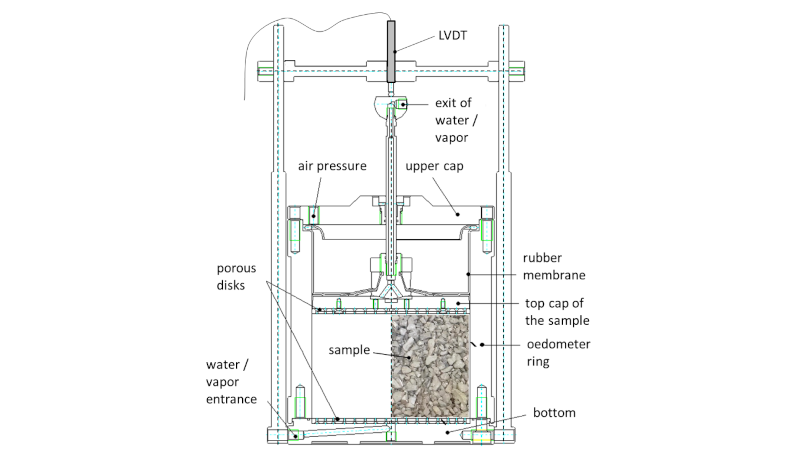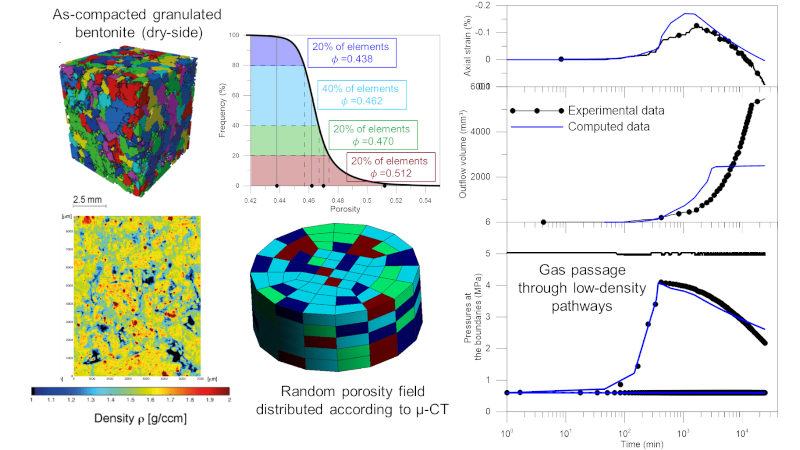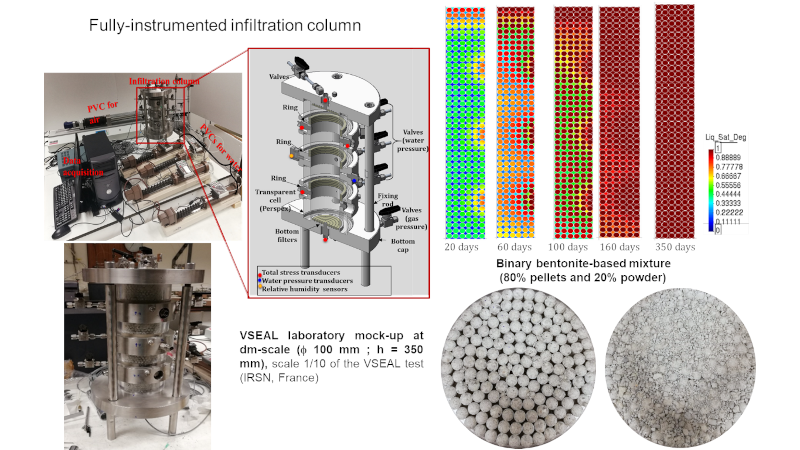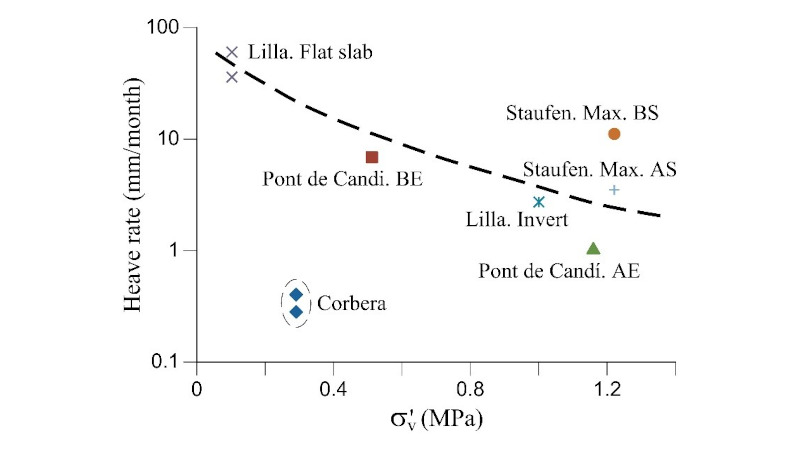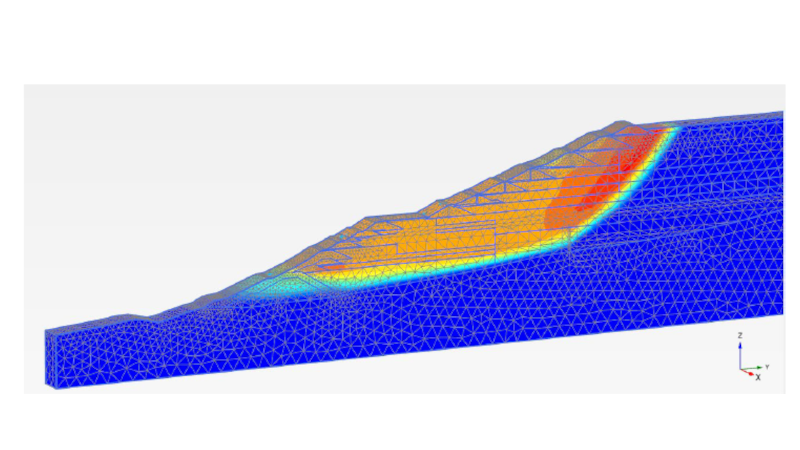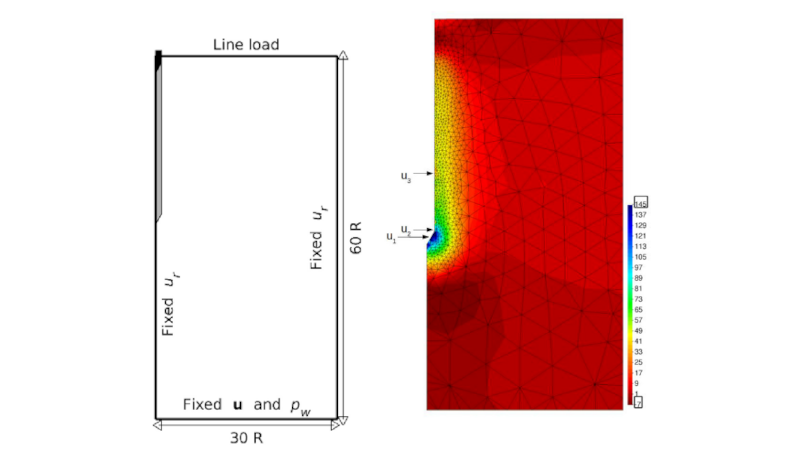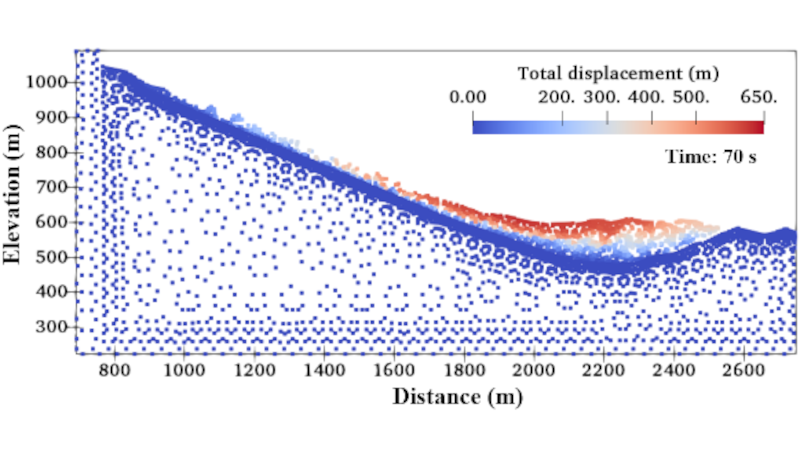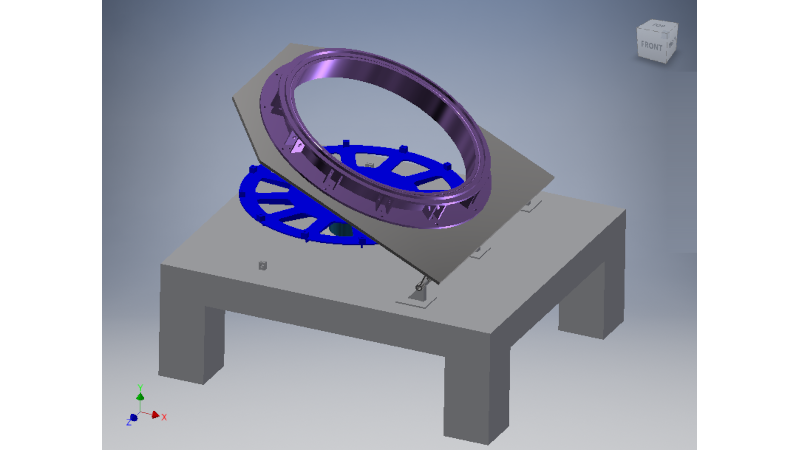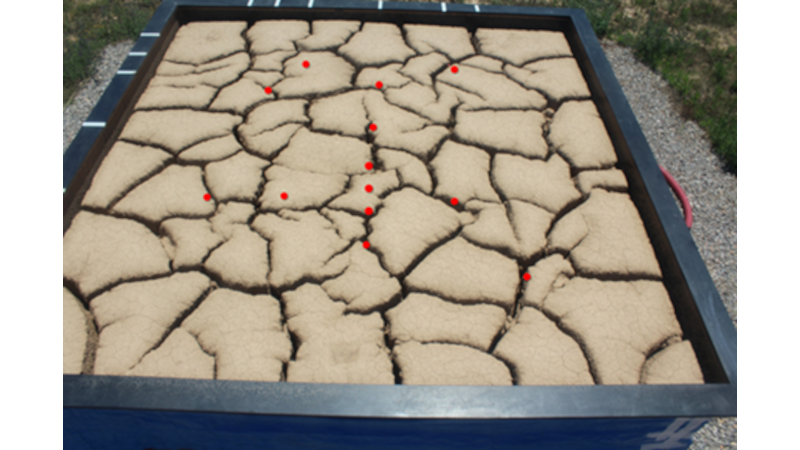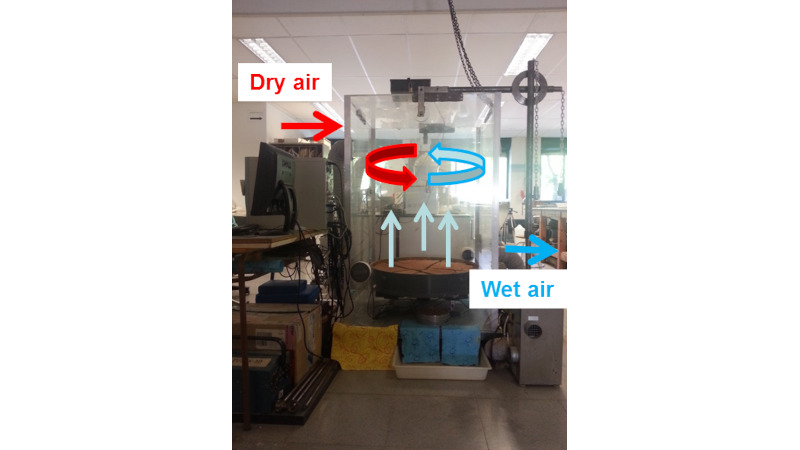Geomechanics and Hydrogeology
Geomechanics
Principal Investigator
Sebastià Olivella
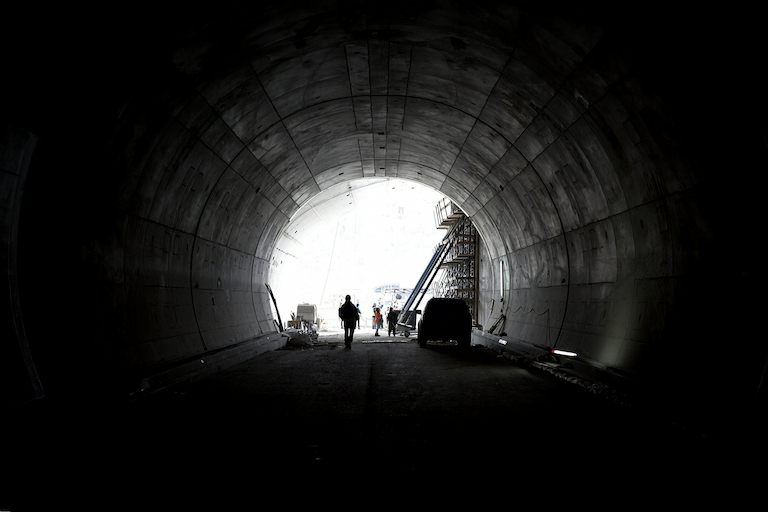
Overview
Research
Staff
Projects
The Geomechanics group develops models and tools to simulate the complex behaviour of soils and rocks, focusing on coupled thermal, hydraulic, mechanical, and chemical (THMC) processes in porous media and their application to underground structures, dams, and soil-fluid-structure interaction problems.
CIMNE’s Geomechanics Research Group advances the fundamental understanding and computational modelling of soil and rock behaviour through an integrated approach that balances theoretical research, software development, laboratory experimentation, and engineering practice. The group is internationally recognized for its contributions to the simulation of coupled thermal, hydraulic, mechanical, and chemical (THMC) processes in porous media, with applications to the design and analysis of geotechnical and underground structures such as tunnels, deep foundations, geo-reservoirs, and earth and rockfill dams.
Research efforts also focus on soil-fluid-structure interaction problems, supporting the development of robust numerical tools and physical testing methodologies. Over the years, the group has become a reference in the geotechnical engineering field, bridging scientific innovation with practical application to address complex challenges in natural and built environments.
Ongoing projects
Finished projects
Related news
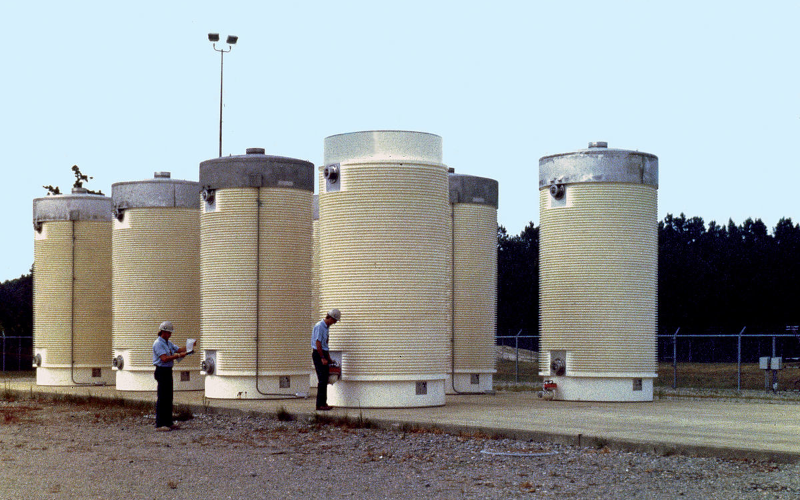
El CIMNE contribueix a un projecte internacional per garantir la seguretat dels magatzems geològics de residus nuclears
Emmagatzematge de residus radioactius temporal previ a l'emmagatzematge geològic profund. L’electricitat representa avui dia prop del 40% de les emissions globals de gasos d’efecte hivernacle, segons l’Agència Internacional de l’Energia (IEA). Països com...

CIMNE researcher Marcos Arroyo takes part in a dutch TV investigation documentary about the Brumadinho dam failure
On 18 December, KRO-NCRV, a public television and radio organization in the Netherlands, broadcasted the investigation documentary about the Brumadinho dam failure titled "The deadly dam burst" via Pointer, a new digital platform for acclaimed Dutch data...






